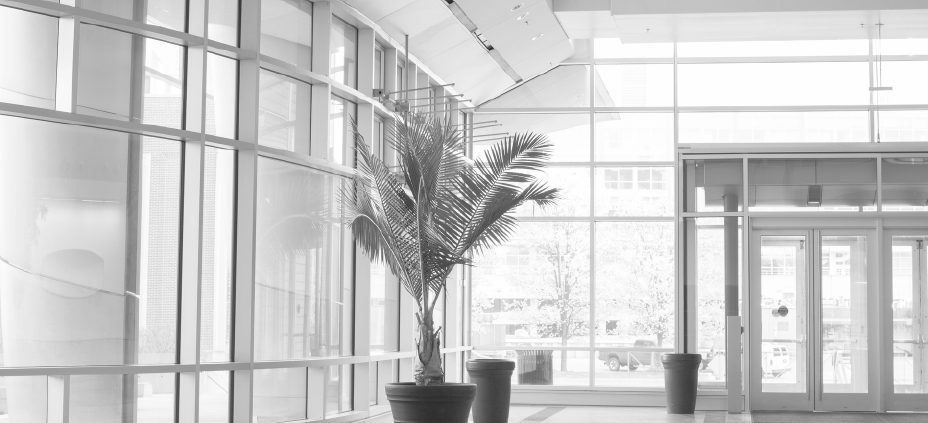Frequently Asked Questions
-
Do Plasma Air soft ionization solutions create ozone?
FACT: Plasma Air’s entire portfolio of soft ionization solutions have been UL 2998 certified for zero ozone production.
This certification meets the UL qualification standard for ozone-free emissions and is compliant with ASHRAE standards. In addition, the CDC recommends that if you are considering the acquisition of soft ionization equipment, you will want to be sure that the equipment meets UL 2998 standard certification (Environmental Claim Validation Procedure (ECVP) for Zero Ozone Emissions from Air Cleaners) which is intended to validate that no harmful levels of ozone are produced.
NOTE: ASHRAE Standard 62.1-2019, Ventilation for Acceptable Indoor Air Quality, details these restrictions with stringent requirements stating that air cleaning devices shall be labeled and listed in accordance with UL 2998 for zero ozone production.
-
Have the Plasma Air soft ionization solutions been tested and proven effective at reducing pathogens, like viruses and bacteria? What is the testing environment?
FACT: Plasma Air’s solutions have been tested in large bioaerosol chambers and proven to reduce airborne pathogens and pollutants, including MS2 Bacteriophage (a surrogate for SARSCoV-2, H1N1 Flu Virus and Norovirus).
Plasma Air’s ionization solutions reduced MS2 bacteriophage (surrogate virus for SARS-CoV-2) by 99.39%. Read the full lab study here.
When tested against the MS2 bacteriophage, the Plasma Air solution showed a consistent net LOG reduction throughout the testing. The average net LOG reduction went from 0.63 at the 120-minute time point down to 2.24 at the 240-minute time point to end the trial. A net LOG reduction of 2.24 is equivalent to a 99.39% reduction in viable MS2 bacteriophage.
Visit our Research page for more lab studies.
NOTE: Included in ASHRAE’s recent newsletter - Soft ionization of the air has been used in clean room applications to help reduce airborne particle counts and create the clean indoor environments for critical pharmaceutical, healthcare, semiconductor, food processing and manufacturing processes. Studies have demonstrated that air ionization is effective at removing aerosols and particles from the environment, providing significant reductions in particulate concentrations. Soft ionization has also been studied and shown to be effective at both increasing the filtering rate of aerosolized pathogens as well as effectively increasing the decay of certain viruses and pathogens in testing.
-
Do Plasma Air soft ionization solutions create volatile organic compounds (VOCs) or harmful airborne chemicals when in use?
FACT: Plasma Air’s soft ionization solutions do not create VOCs nor does it breakdown VOCs into smaller harmful airborne chemicals.
In independent third-party testing Plasma Air’s ionization solutions DID NOT create volatile organic compounds and did not break down VOCs into smaller harmful chemicals.
METHOD SUMMARY
Testing was performed by Intertek, a Nationally Recognized third-party laboratory following international VOC test standards (ISO16000-3 and ISO16000-6).PRODUCTS TESTED
All Plasma Air’s ionization solutions were tested: 600 Series, 7000 Series, PlasmaPURE 600, PlasmaPURE 7000, AutoClean 1500 / 1560 and Plasma Bar.• Tests were performed using walk-in test chamber with calibrated equipment following nationally recognized Good Lab Practices
• Chamber was challenged with VOCs for four hours
• VOC samples were collected at 5, 10, 15, 20, 25, 30, 45, 60, 90, 120, 180, and 240 minutes after device activation — samples collected and analyzed for EVERY POSSIBLE VOC THAT COULD HAVE BEEN CREATED FROM THE CHALLENGE COMPOUNDS
• The VOC samples were analyzed for chemical makeup using state of the art thermal desorption gas chromatography/mass-spectroscopy, TD-GC/MS, referencing ISO 16000-6
• Tests were performed with and without soft ionization to create a baseline controlRESULTS
Individual conclusions for each Plasma Air product were compared to the results of the baseline natural decay:• None of the Plasma Air products generated organic byproducts (byproducts defined as compounds which can be analyzed by ISO 16000-3 or ISO 16000-6).
• There were no new VOCs and no new chemicals were created (that were not present in the control environment). -
Is soft, or bipolar, ionization safe for continuous use around people and animals?
Plasma Air technology is completely safe for humans and animals. All Plasma Air products have been designed and tested to all applicable safety standards.
FACT: Plasma Air’s entire portfolio of soft ionization solutions have been UL 2998 certified for zero ozone production.
This certification meets the UL qualification standard for ozone-free emissions and is compliant with ASHRAE standards. In addition, the CDC recommends that if you are considering the acquisition of soft ionization equipment, you will want to be sure that the equipment meets UL 2998 standard certification (Environmental Claim Validation Procedure (ECVP) for Zero Ozone Emissions from Air Cleaners) which is intended to validate that no harmful levels of ozone are produced.
-
Are Plasma Air products CARB certified?
Plasma Air’s entire portfolio of soft ionization solutions have also been certified by the California Air Resources Board (CARB) to be compliant with their standards. In 2008, CARB enacted an air cleaner regulation to limit the ozone emissions from indoor air cleaning devices.
-
Does humidity affect ionization output?
Yes, moisture laden air will yield a 15-20% lower ionization output than dry air.
-
Does Plasma Air have a device that measures ion levels?
Yes, we have a specially designed ion meter that will measure up to 20,000 negative ions/cm3 in ambient air. See the submittal to learn more.
-
Does the ionization system increase the oxygen content in air?
No. The technology increases the number of oxygen ions, not the number of oxygen molecules. It revitalizes stable oxygen molecules into unstable oxygen ions. To become stable again, unstable ions react with pollutants by trading electrons which neutralizes the pollutant in the process.
-
Will I still need to replace the filters in my HVAC system?
Yes, Plasma Air equipment does not contain filters and therefore does not trap particles. The technology works by causing even fine airborne particles to cluster together and become larger, making it easier for low-grade filters to capture them. For this reason, your filters may need to be replaced more often than in the past.
-
What should I do if I can't reach the original contractor who installed the system?
Please send an email to info@plasma-air.com or call us at 203-662-0800. We will provide the name of a local contractor that can properly service your unit.
-
I have a UV light in my system, isn't that sufficient for air purification?
No, UV lights are only effectively on a handful of contaminants and these contaminants have to pass through the light field for a period long enough to be effective. Also, UV lights don’t treat any of the air in the occupied space, nor are they effective on odors or VOCs. It requires that air be returned by the air conditioning system. However, if you have one, we would recommend keeping it in place. If nothing else, it may help to keep the cooling coil in your air conditioning system cleaner.
Still have unanswered questions about Plasma Air?

Subscribe
Get news and updates about our latest products and offerings
